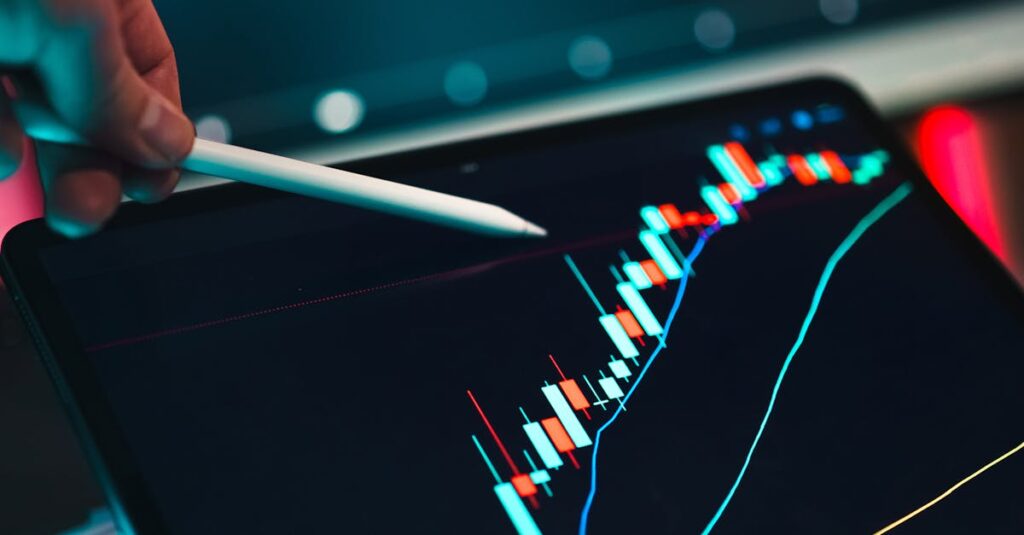Holiday sales are loud. Prices jump around. A “deal” flashes, and you’re left wondering… is this actually good, or just good marketing? The fix is simple: look at price history, set a target price, and let alerts do the work. Two tools make this painless – Keepa and CamelCamelCamel – plus a couple of non-Amazon options for the rest of your cart.
The idea (so you stop guessing)
Every product has a quiet rhythm. It goes on sale, creeps back up, dips again—often on a schedule. If today’s price is near the historical low, buy with confidence. If it’s far above the low, set an alert and wait. That’s it. You don’t need to memorize charts; you just need a simple threshold and a nudge when it hits.
Step 1: Add a tracker (two minutes)
Install the browser extension for Keepa or CamelCamelCamel (Camel). When you open an Amazon product page, you’ll see a price-history chart appear under the main images. Toggle lines for things like Amazon price, third-party new, and used. You’ll also see a box to create price-drop alerts.
Step 2: Read the chart without going cross-eyed
Ignore the noise and look for three clues:
1) The floor. What’s the lowest price in the last 3, 6, or 12 months? That’s your anchor. If today is within ~5–10% of that low, it’s usually “go time.”
2) The pattern. Do dips happen monthly? Only on big retail weeks (Black Friday/Cyber Monday, Prime Events)? If you see a clear cycle, waiting a week or two often pays.
3) The seller. Amazon direct vs. third-party matters for returns, shipping speed, and coupon stacking. Track the one you actually want to buy from.
Step 3: Set a target (and let the alert do its thing)
Pick a number you’ll be happy with. Not perfection—just a “yep, that’s fair.” A quick rule of thumb:
Target price = Recent 90-day low + up to 10% (or +$5 on sub-$50 items).
Drop your target into Keepa or Camel, punch in your email, and you’re done. The next dip lands in your inbox instead of your brain.
When to buy (and when to wait)
Buy now if… today’s price is at/near the 90-day low, or you can stack a coupon/clippable discount with a sale price to match that low. Also buy if the model you want is being replaced (clearance pricing can vanish for good).
Wait if… you’re 15–25% above the recent low and there’s a sale window coming (Black Friday/Cyber Monday, weekend “Deal of the Day,” or a brand’s predictable monthly promo). Set the alert, close the tab, and move on with your day.
Keepa vs. Camel (which should you use?)
Keepa: more granular data (multiple sellers, used/open-box, stock alerts) and richer filtering. Great if you like detail or track a lot of items. The extension is free; some advanced features may require a login.
CamelCamelCamel: fast, clean history and simple alerts; great for “I just want the nudge.” If you prefer minimal clicks and an easy chart, Camel is friendly.
Truth: you can’t go wrong. Pick one, learn it for five minutes, and stick with it.
Pro moves for Q4 (Amazon specifics)
Clip coupons on the product page before you add to cart—those stack with sale prices and often get missed in the hype. Check open-box/warehouse offers on the same page (they’ll show under “Other sellers”); sometimes they’re 15–30% below new, with the same easy returns. And if multiple colors exist, toggle through—one shade often gets the real discount while the popular color sits at full price.
Beyond Amazon: track the rest of your cart
Plenty of deals live at Target, Walmart, Best Buy, Home Depot, and brand sites:
Google Shopping price tracking: On many product pages in Chrome/Android, you can “track price” and get email alerts. It’s basic, but helpful for non-Amazon items.
Store apps & wishlists: Many retailers let you favorite products and toggle sale alerts. Build a holiday list now; let the app ping you when prices drop.
Deal communities: Sites like Slickdeals or your favorite “deals” subreddit let you set keyword alerts (“AirPods 3,” “Instant Pot 8qt”). Great for category-wide pounces.
How to set a sane budget for Black Friday
Make a short list—three “musts,” three “nice-to-haves,” and a hard ceiling for each. Put all six into your tracker. This keeps you from grabbing a “meh” discount on the wrong thing just because the banner screamed TODAY ONLY. If something not on your list looks tempting, check its 90-day low first. If it’s not close, let it pass.
Two common gotchas (read this, save money)
“Was $299” anchors. Ignore “list” prices. Only compare today to real historical lows.
Subscription traps. A lower “Subscribe & Save” price can be great. Just set a reminder to cancel if you don’t want the second shipment. You can still use alerts with subscriptions—track the one-time price to sanity-check the deal.
Quick setup checklist (copy/paste)
- Install Keepa or CamelCamelCamel; open your Amazon wish list.
- For each item, glance at the 90-day low and choose a target price.
- Create alerts for your targets; add a calendar reminder for key sale days.
- For non-Amazon items, turn on Google Shopping or retailer app alerts.
Bottom line
Don’t chase banners; follow the data. If the price is at (or near) its recent low, buy and enjoy the win. If not, set the alert and wait. Your inbox will tell you when it’s time. Quiet confidence beats “limited time!” panic every single time.
Friendly note: This is educational content, not financial advice. Prices and features change—always double-check return policies and warranty terms before you buy.
